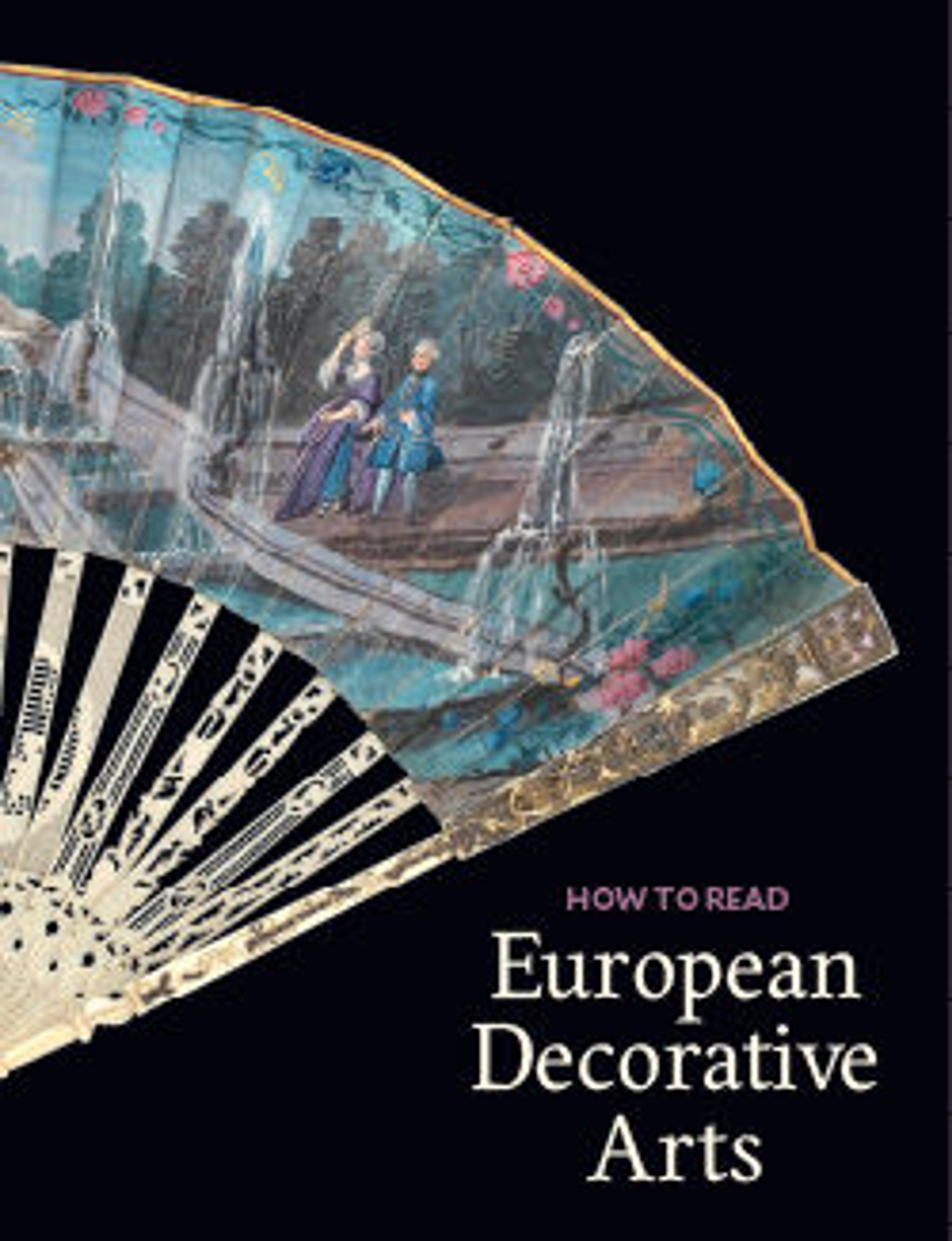Secretary cabinet
Japanning, a fashionable European technique intended to imitate Asian lacquer, was very popular in England beginning in the last quarter of the seventeenth-century. Special manuals were published such as John Stalker and George Parker’s A Treatise of Japanning and Varnishing (London, 1688), which contained technical information on how to make lacquer-like varnishes as well as useful designs for the decoration of furniture. The vogue for japanning remained strong during the eighteenth century as is evidenced by the 1732 publication of The Method of Learning to Draw in Perspective…Likewise a New and Curious Method of Japanning…so as to imitate China: and to make black or gilt Japan-Ware as Beautiful and Light as any brought from the East-Indies. A large number of extant pieces of japanned furniture also underscore their one time popularity.
Artwork Details
- Title:Secretary cabinet
- Date:ca. 1735
- Culture:British
- Medium:Oak, pine, and walnut decorated in red, gold, and silver japanning; brass; mirror glass
- Dimensions:Overall: 81 × 41 1/4 × 22 in. (205.7 × 104.8 × 55.9 cm)
- Classification:Woodwork-Furniture
- Credit Line:Purchase, Acquisitions Benefit Fund 2013; Gift of Mrs. Edward Karfiol, in memory of Edward Karfiol; Gift of Bernard M. Baruch, in memory of his wife, Annie Griffen Baruch; and Gifts of Irwin Untermyer, George Blumenthal and Mrs. Russell Sage, by exchange, 2014
- Object Number:2014.186a, b
- Curatorial Department: European Sculpture and Decorative Arts
More Artwork
Research Resources
The Met provides unparalleled resources for research and welcomes an international community of students and scholars. The Met's Open Access API is where creators and researchers can connect to the The Met collection. Open Access data and public domain images are available for unrestricted commercial and noncommercial use without permission or fee.
To request images under copyright and other restrictions, please use this Image Request form.
Feedback
We continue to research and examine historical and cultural context for objects in The Met collection. If you have comments or questions about this object record, please contact us using the form below. The Museum looks forward to receiving your comments.
